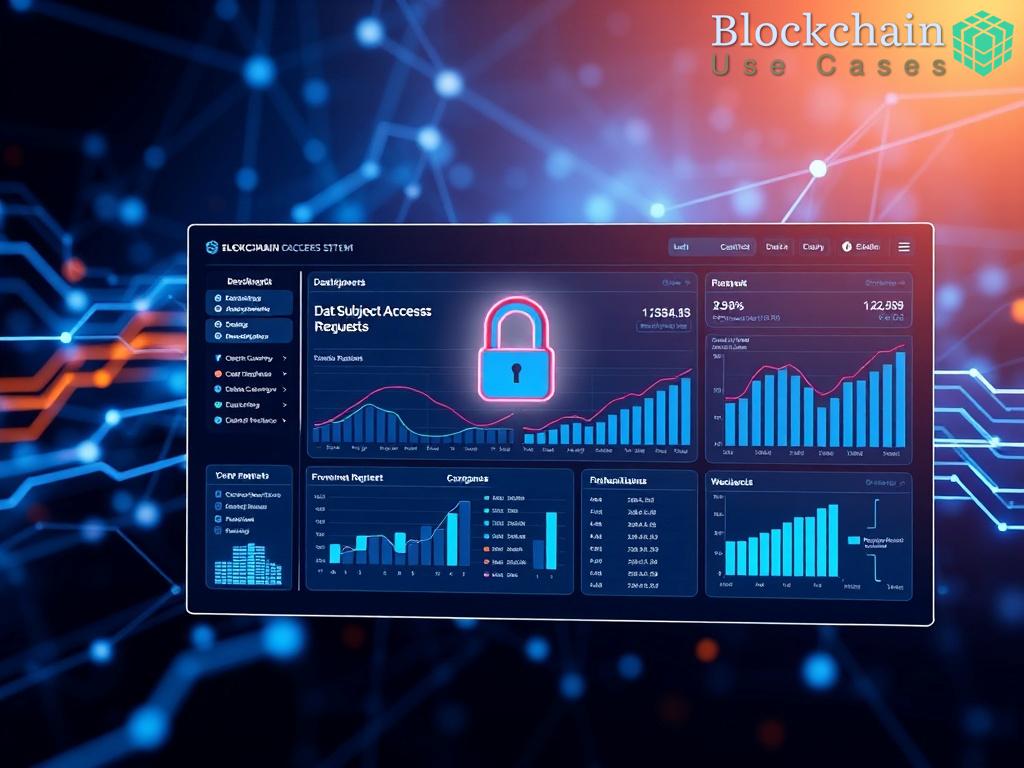Advantages of Blockchain in Bond Issuance
The advent of blockchain technology in bond issuance offers unparalleled transparency, a vital factor in financial transactions. By leveraging a decentralized ledger, all parties involved can access real-time information regarding bond issuance, ownership, and transaction history. This transparency instills a greater level of trust amongst investors and issuers alike.
Key Benefits of Enhanced Transparency:
- Real-time access to transaction data
- Reduces the risk of fraud and manipulation
- Facilitates regulatory compliance
Traditional bond issuance processes are often laden with intermediaries and cumbersome paperwork, leading to elongated timelines and inflated costs. Blockchain simplifies these processes by automating many of the administrative tasks involved. This not only accelerates the issuance process but also significantly cuts down on overhead costs.
Factors Contributing to Cost Efficiency:
- Elimination of middlemen
- Reduction in paper-based documentation
- Lower transaction fees due to streamlined processes
Blockchain technology democratizes access to bond markets, enabling a broader range of investors to participate in bond issuance. This improved accessibility can lead to increased liquidity in the bond market, as more investors are able to buy and sell bonds with ease. Furthermore, tokenization of bonds can facilitate fractional ownership, allowing smaller investors to participate in high-value offerings.
Benefits of Increased Accessibility:
- Wider investor base
- Enhanced liquidity through tokenization
- Lower barriers to entry for smaller investors
Regulatory Challenges in Blockchain-Based Bonds

The integration of blockchain technology in bond issuance is not without its challenges, particularly in the realm of regulation. As the financial sector grapples with the rapid evolution of technological solutions, regulatory bodies strive to create frameworks that ensure investor protection while fostering innovation. This balancing act is crucial for the sustainable growth of blockchain-based bonds as they enter mainstream financial markets.
At the heart of the regulatory challenge lies the need for clear and adaptable legal frameworks that can accommodate the unique characteristics of blockchain. Traditional securities regulations, which were primarily designed for conventional bonds, often fall short when applied to blockchain-based instruments. Regulatory bodies must consider the decentralized nature of blockchain, which complicates jurisdictional authority and accountability. Furthermore, the tokenization of bonds presents questions about how these digital assets should be classified—whether they are securities, commodities, or something entirely new. This lack of clarity can create an environment of uncertainty for issuers and investors alike.
As the market for blockchain bonds grows, the need for standardized compliance procedures becomes more pressing. Issuers must navigate a myriad of regulations that vary significantly across jurisdictions, complicating the bond issuance process. To streamline these operations, industry stakeholders are advocating for the development of universal standards that can simplify compliance while ensuring that adequate protections are in place for investors. By establishing a common regulatory framework, the industry can foster greater confidence and participation from traditional investors who may be hesitant to engage with blockchain technologies.
Looking ahead, the future of blockchain-based bonds hinges on collaboration between regulators, financial institutions, and technology providers. By engaging in open dialogues and sharing insights, these parties can work towards creating an ecosystem that not only protects investors but also embraces innovation. As regulatory frameworks evolve, they will likely pave the way for more sophisticated and nuanced approaches to bond issuance on blockchain, ultimately leading to a more robust and dynamic market.
Technological Infrastructure for Debt Instruments
The implementation of blockchain technology in bond issuance necessitates a robust technological infrastructure that supports the unique demands of digital debt instruments. Leveraging distributed ledger technology (DLT) not only enhances the efficiency of transactions but also fortifies the security and integrity of the bond issuance process. As the financial industry evolves, it becomes imperative for stakeholders to understand the core components of this infrastructure and how they interact to facilitate seamless bond transactions.
At the foundation of blockchain technology are several integral components that work in tandem to create a secure and efficient environment for bond issuance. These components include smart contracts, consensus mechanisms, and decentralized storage systems. Smart contracts serve as programmable agreements that execute automatically when predefined conditions are met. This automation reduces the need for intermediaries, thereby accelerating the issuance process and minimizing potential errors.
Additionally, the consensus mechanisms ensure that all participants in the network agree on the validity of transactions, enhancing trust and reliability. Whether employing proof-of-work, proof-of-stake, or other consensus algorithms, each mechanism plays a pivotal role in maintaining the integrity of the blockchain. Finally, decentralized storage systems provide a secure method for storing transaction data, ensuring that information is immutable and accessible to authorized parties without the risk of data manipulation.
The transition to blockchain-based bond issuance also requires careful consideration of how this new technology will integrate with existing financial systems. As traditional institutions grapple with the integration process, the focus should be on creating interoperability between blockchain platforms and legacy systems. This integration is crucial for ensuring a smooth transition and enhancing the overall efficiency of bond transactions.
Moreover, stakeholders must prioritize establishing industry standards that promote compatibility and facilitate seamless data exchange. This collaborative approach not only enhances operational efficiency but also fosters greater confidence among traditional investors who may be wary of adopting new technologies. By creating a cohesive technological ecosystem, the bond market can harness the full potential of blockchain innovation while mitigating risks associated with system incompatibilities.
| Component | Description | Impact on Bond Issuance |
|---|---|---|
| Smart Contracts | Automated agreements that execute when conditions are met | Reduces delays and errors in processing transactions |
| Consensus Mechanisms | Protocols that validate transactions on the blockchain | Enhances trust and reliability among participants |
| Decentralized Storage | Secure storage for transaction data across the network | Ensures data integrity and protection against manipulation |
Market Adoption Trends for Blockchain Bonds
The momentum for blockchain bonds is accelerating rapidly as financial markets begin to recognize the transformative potential of this technology. With increased interest from institutional investors and issuers, the bond market is witnessing a paradigm shift that emphasizes efficiency, transparency, and accessibility. This evolving landscape has prompted stakeholders to consider how blockchain can redefine traditional bond issuance, creating a more streamlined process that aligns with the needs of modern investors.
The participation of institutional investors has been a game-changer in the adoption of blockchain-based bonds. Major financial institutions are now exploring the advantages of issuing bonds on a blockchain platform, seeing it as a means to enhance operational efficiency and reduce costs. The recognition of the potential for improved liquidity and transparency has been pivotal in this trend. Moreover, as institutions seek to diversify their portfolios, blockchain bonds present an innovative asset class that can attract a broader range of investment strategies.
As the market for blockchain bonds continues to grow, regulatory bodies are increasingly recognizing the necessity of developing frameworks that accommodate these digital instruments. The shift toward supportive regulations is crucial for fostering an environment where blockchain can thrive. Recent initiatives aimed at clarifying the legal status of tokenized bonds have instilled confidence among market participants. This regulatory clarity not only mitigates risks but also encourages more issuers to consider blockchain as a viable option for their debt instruments, paving the way for widespread acceptance.
Technological advancements are instrumental in shaping the future of blockchain bonds. Innovations in smart contracts, interoperability, and scalability are making it easier for issuers and investors to harness the benefits of blockchain. As these technologies mature, they are likely to further reduce the barriers to entry for smaller players, thus broadening market participation. The emphasis on user-friendly platforms is also critical, as it ensures that even those unfamiliar with blockchain can engage with these new financial instruments effectively.
Case Studies of Successful Blockchain Bond Issuance
As the financial landscape evolves, several pioneering organizations have successfully harnessed blockchain technology for bond issuance, setting an exemplary standard for others to follow. These case studies not only highlight the practical benefits of blockchain in streamlining debt instrument processes but also serve as a testament to the technology’s growing acceptance in traditional finance. By examining these transformative examples, stakeholders can glean insights into effective strategies and the potential for future applications across the bond market.
One notable case is the issuance of the world’s first blockchain-based bond by the World Bank in 2018. Dubbed the ‘bond-i’, this innovative venture leveraged blockchain to facilitate a more efficient issuance process, enabling real-time tracking of transactions. The bond raised AUD 110 million, demonstrating not just the feasibility but also the demand for blockchain-based debt instruments. This landmark event proved that blockchain could enhance transparency and reduce costs, fundamentally changing the dynamics of bond issuance.
Another remarkable example comes from the European Investment Bank (EIB), which issued a €100 million digital bond on the Ethereum blockchain in 2020. The EIB’s move was significant as it showcased a major governmental institution’s commitment to adopting blockchain technology in public finance. The transaction was executed in less than 24 hours, a stark contrast to traditional methods that typically take days, if not weeks. This expedited process not only highlights blockchain’s efficiency but also increases the overall attractiveness of digital bonds for modern investors.
The success of these case studies provides valuable insights into the future of bond issuance on blockchain. As organizations like the World Bank and EIB pave the way, they illustrate the potential for reduced operational costs and enhanced investor confidence. The ability to streamline the issuance process while ensuring compliance and security is a game-changer, opening doors for smaller issuers to participate in a market that was previously dominated by large financial institutions. As these case studies resonate throughout the financial sector, they signify a shift towards a more inclusive and efficient bond market, underscoring the transformative power of blockchain technology.


















